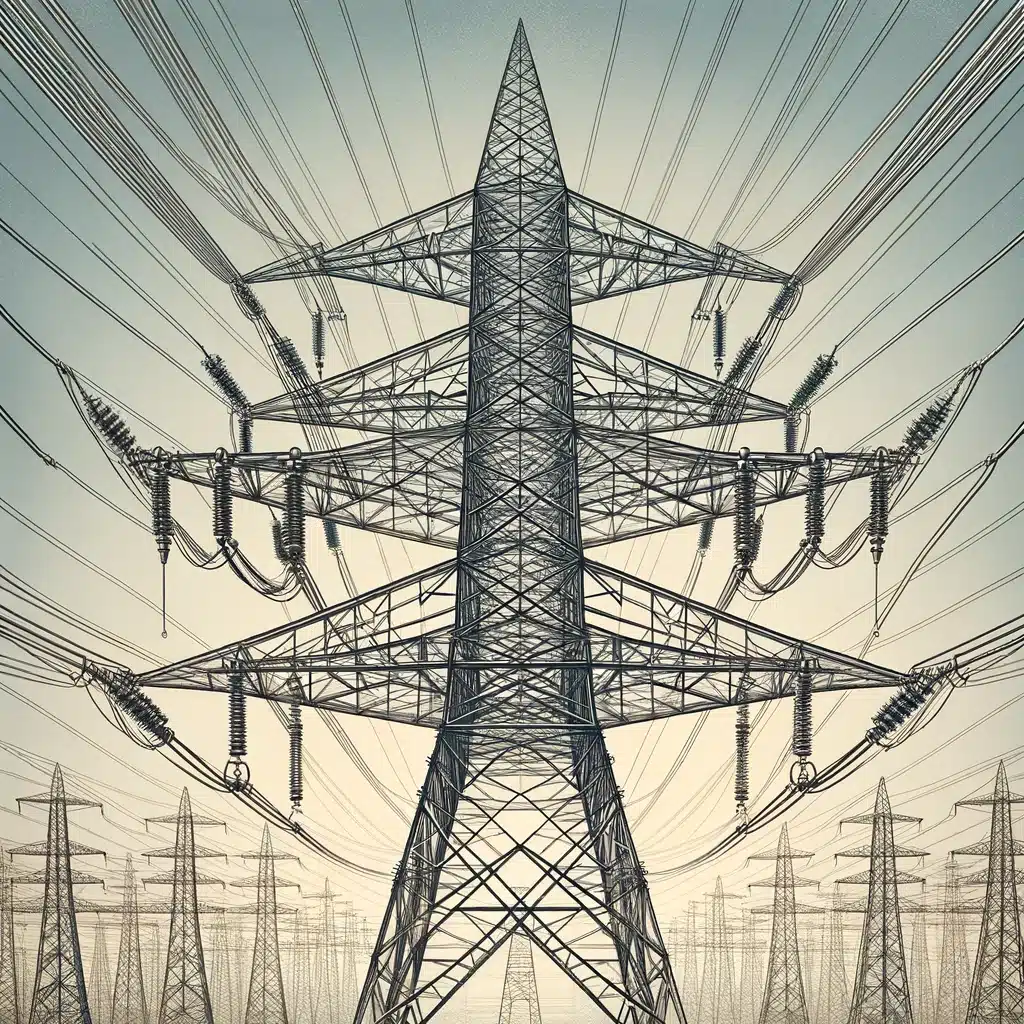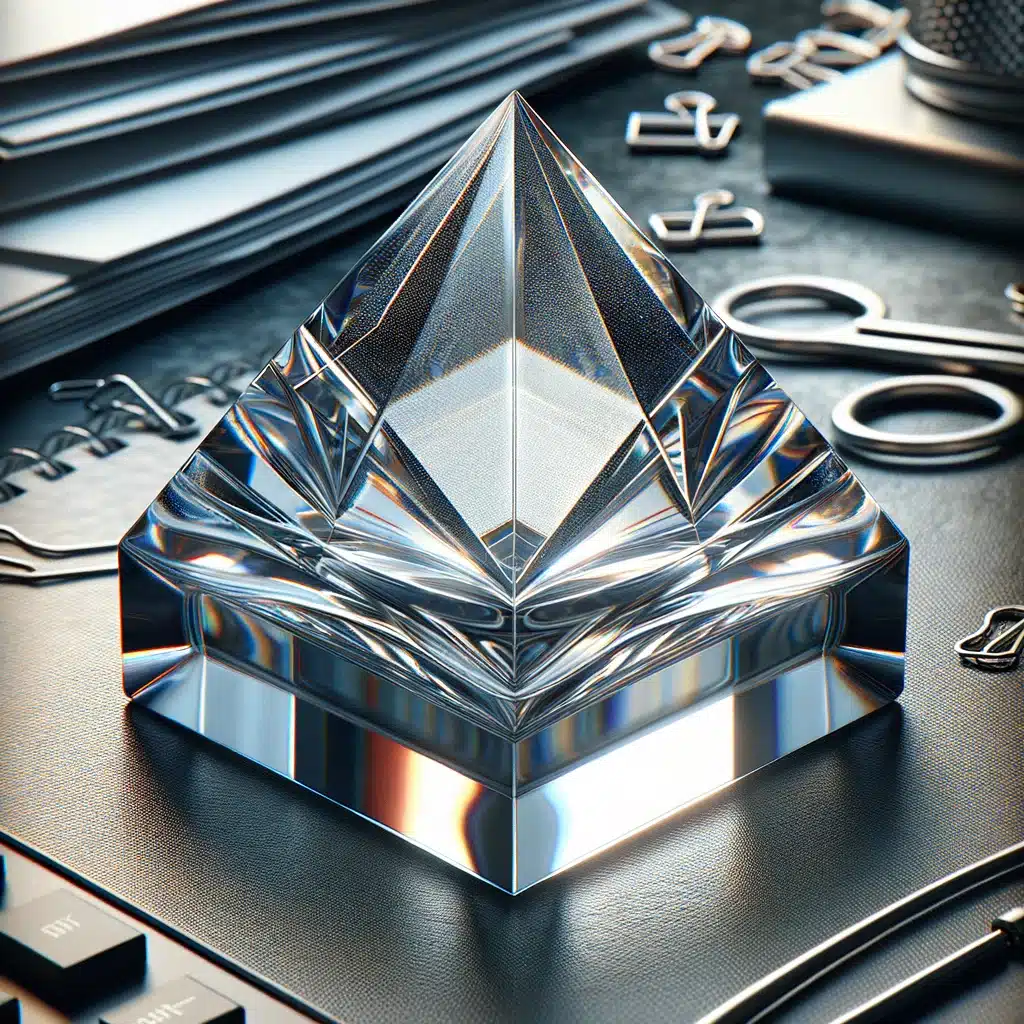This article discusses about example of pyramid. We all have a basic idea of what a pyramid is. When we hear the word pyramid, we promptly start thinking about Pyramids Of Giza.
Well, pyramids are more than just the structures at Giza. In general, pyramids are polyhedron formed by connecting a base polygon to a point or apex. Each base edge and the apex form a triangle. Hence, we relate pyramids to triangles. This article discusses about definition of pyramid and real life examples of pyramid.
- Pastries and cakes
- Toys
- Monuments
- Tents
- Transmission lines tower
- Buildings
- Temples
- Water melon piece
- Wet floor sign board
- Outside line pyramids used in sports
- Chocolates
- Paperweights
- Fancy water bottles
- Pillars
- Buttons
- Mountains
- Rooftop
- Temple top
- Plant pot designs
What is a pyramid?
As discussed in above section, pyramid is a polyhedron that is formed by connecting a base that is polygon shaped and a point that is called as apex.
Apex and every base edge forms a triangle. Hence a pyramid consists of multiple triangles. For a pyramid having a polygon base of n sides, there are n+1 faces and vertices and 2n edges. We shall discuss more about pyramids in further sections of this article.
Types of pyramids
There are many types of pyramids which can exist. Almost infinite number of pyramids. These types depend on the number of sides the base polygon has.
Only the most commonly seen pyramids are discussed in the section given below-
- Triangular pyramid– When the base polygon is a triangle then it is said to be a triangular pyramid.
- Square pyramid– When the base polygon is a square that means the length of each side of the base polygon is equal then the resulting pyramid is known as square pyramid.
- Pentagonal pyramid– When the base polygon has five sides then the resulting pyramid is called as pentagonal pyramid.
- Circular pyramid– When the base polygon is a circle, then the resulting pyramid is called as circular pyramid.
Example of pyramid
There are innumerable objects around us that are pyramids. Let us see some of the daily life examples of pyramids. They are given below-
Pastries and cake
When pastries and cakes are cut from centre and a piece is taken out, that piece resembles the shape of a pyramid. The cakes and pastries itself can be made in the shape of a pyramid.
Toys
Many toys such as a triangular rubix cube are in the shape of a pyramid. This type of rubix cube is made up of small triangles.
Monuments
Many monuments are made in the shape of pyramids. Such as the famous Pyramids Of Giza. These are the most common examples of pyramids. Infact we think of these Pyramids at Giza when we hear the term pyramid.

Image credits: Wikipedia
Tent
A tent is in the shape of a pyramid. A tent has a square base. The apex is connected with the edges of the base and forms triangles at the sides. Hence a tent can be considered as a pyramid.
Transmission lines tower
Transmission lines have a broad base that acts as the base polygon and narrow tip which acts as the apex of the pyramid. The transmission lines are situated at the apex of this pyramid. Hence, we can say the shape of transmission lines resemble a pyramid.

Buildings
Many buildings are made in such a way that they resemble a pyramid. These architecture ideas are taken from the ancient architecture. The best example of ancient architecture are the pyramids of Giza which have pyramid shape.
Temples
Many temples resemble the shape of a pyramid. They are broader at the base resembling the base polygon and has an apex point that connects directly to the base. Hence we can say that many temples have a shape of pyramid.
Water melon piece
When we cut a water melon from centre and remove a slice of it, we can say that the piece resembles a pyramid. This slice is nothing but a small pyramid.
Wet floor sign board
A wet floor sign board can be seen around corridors and halls where there is a chance of public slipping. These sign boards have a broad base and an apex connecting this base polygon. We can safely say that a wet floor sign board is an example of pyramid.
Outside line pyramids used in sports
In sports, small plastic pyramids are used to mark the corner point or outside line of the play area. This can be used as goal post also. These are examples of pyramids.
Chocolate
Chocolates can be moulded into many shapes and forms. Majorly, chocolates are square and circular. But we can see triangular chocolates in the market too. These triangular chocolates resemble the shape of a pyramid.
Paperweights
Most paper weight have the shape of a pyramid. They are mere show pieces made of glass which have small design structures inside them. These design structures carry most part of the weight of these paper weights. The paper weight used to put weight on the paper so that that do not fly away. These can be considered as pyramids.

Fancy water bottles
Some water bottles have a broad base resembling a base polygon and an apex that connects to this base. These type of water bottles have a shape of a pyramid.
Pillars
Pillars are mostly cylindrical or cuboidal but some places have pillars that have the shape of a pyramid. These pillars are broader at the base and narrower at the apex.
Buttons
In some shirts, we have designer buttons that have a shape of pyramid. These buttons will have a broader base and narrower apex that connects to the base polygon.
Mountains
Mountains are yet another common examples of pyramid. They have a very broad base and a narrow apex that connects to the base. Height of a mountain can reach upto 8000 mt on Earth!
Roof top
Some houses made up of wood have a pyramid shaped roof. This type of design is used in regions where snowfall is a problem. The triangular structure will help the snow to slide down easily which incase of flat roof would not have been possible.
Temple top (known as Shikhara)
Temple tops known as Shikhara have a shape of pyramid. They have a broad base and a narrow apex that connects the base and forms a pyramid.
Plant pot designs
Some pots have a design resembling to a pyramid. These pots have a broad base which make room for the soil and a narrow apex making way for the plant to grow.
Also Read:
- Is volume an extensive property
- P polarized
- Is hardness a physical property
- Is dynamic equilibrium a diffusion
- Coulomb friction vs viscous friction
- Uses of pulley
- When an equilibrium is a dynamic equilibrium
- Is conductivity a physical property
- How to increase the strength of an electromagnet
- Fixed pulley vs movable pulley
Hi ….I am Abhishek Khambhata, have pursued B. Tech in Mechanical Engineering. Throughout four years of my engineering, I have designed and flown unmanned aerial vehicles. My forte is fluid mechanics and thermal engineering. My fourth-year project was based on the performance enhancement of unmanned aerial vehicles using solar technology. I would like to connect with like-minded people.